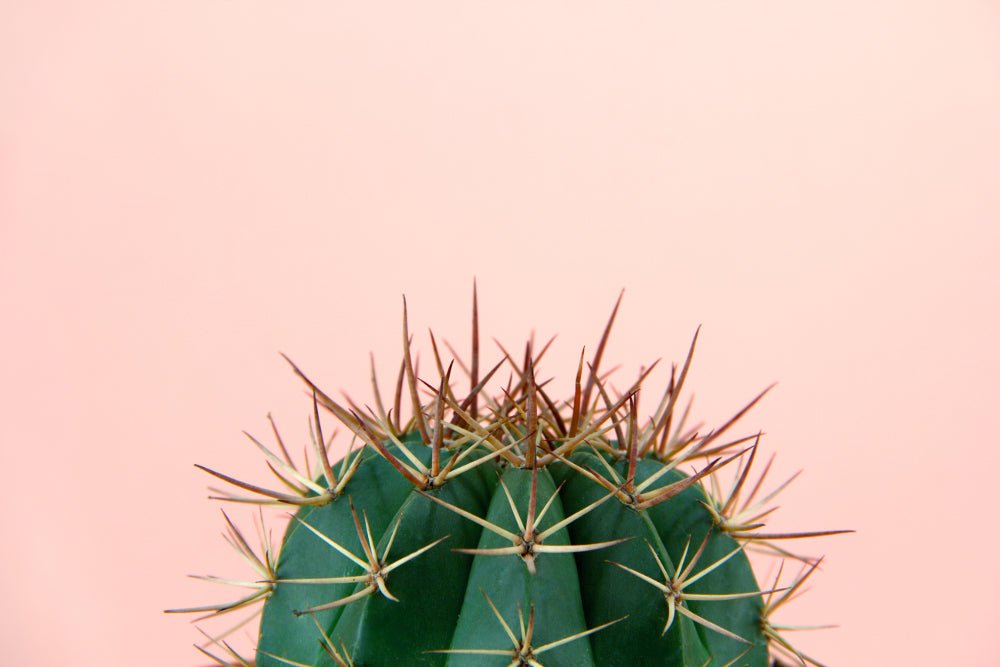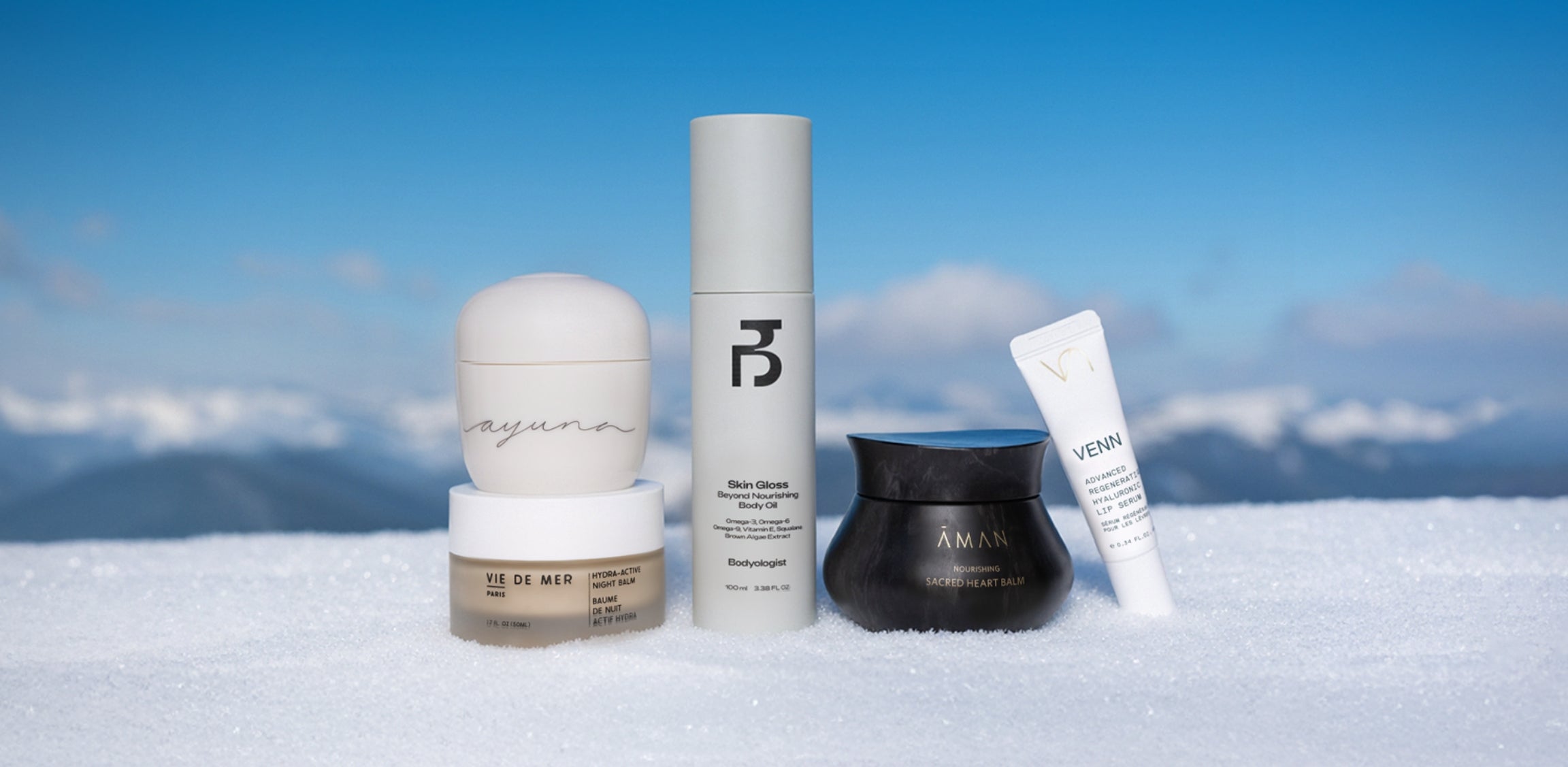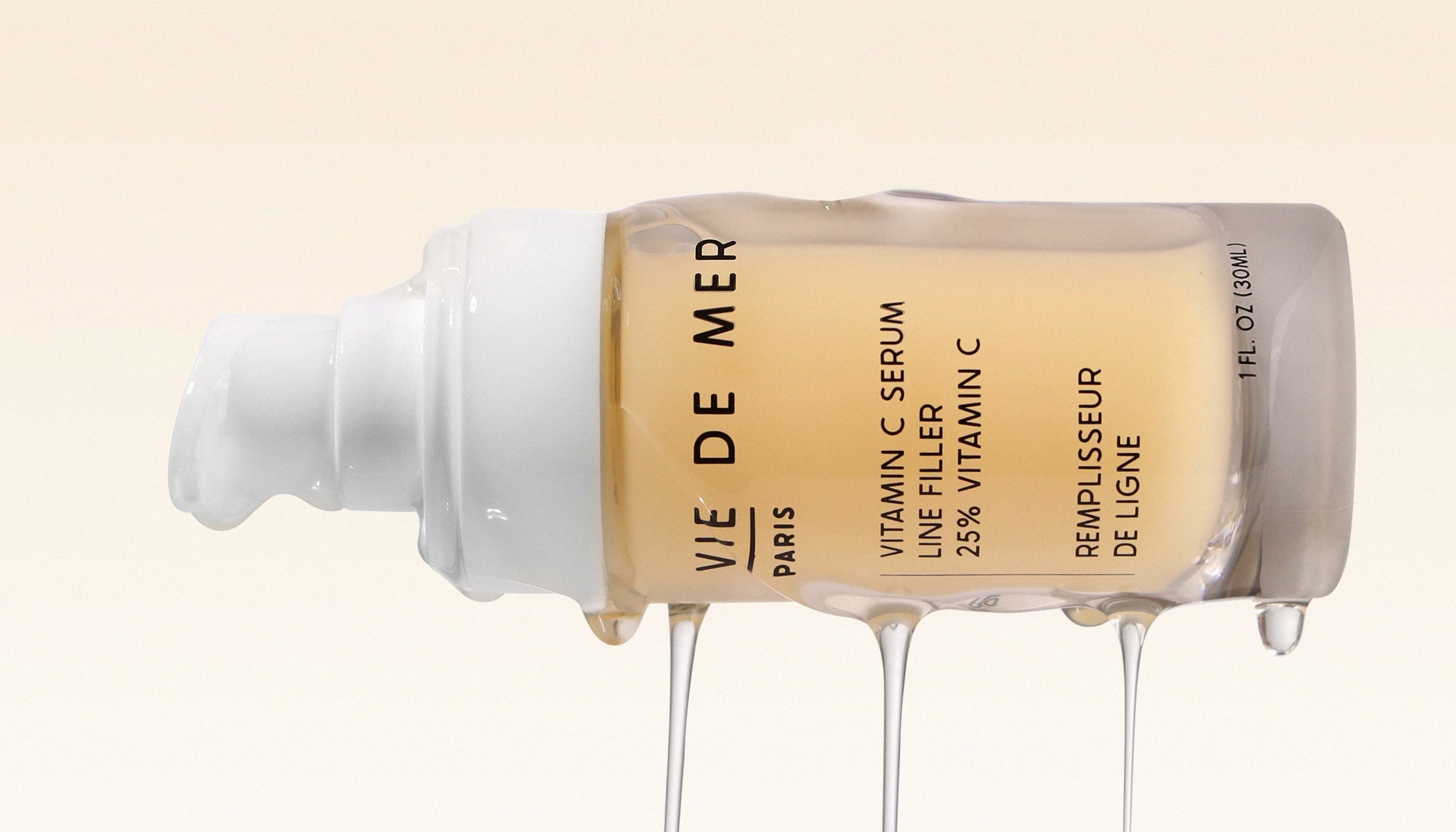
Unravelling the Enigma of Rosacea
Being a skincare consultant, you often find yourself feeling like a little bit of a Sherlock Holmes. There is always a reason behind every skin concern and every skin condition, and finding it, is the key to alleviation.
Many clients contact us every day with very different concerns, and about 70% of the time, the concerns are due to irritation of the skin. The skin can be irritated due to many different reasons; whether it be incorrect product use, central heating, the cold, general health, allergies or even skin conditions, the list is actually endless.
Rosacea is one of these common concerns, and it’s often misunderstood and misdiagnosed. It’s also not as scary as it looks or as it sounds. Even though it’s known as a skin condition, and technically not curable, we can alleviate it to the point that it’s not really noticeable. However, upkeep and care is crucial! Just like having a colour done in your hair, the roots need upkeep!
Let’s start with what rosacea actually is …
Rosacea, also referred to as couperosis, is a skin condition and is usually characterised as a type of rash. But, there are actually 3 grades of rosacea, where grade 1 is the easiest to treat (and most common by far), and grade 3 is more complicated. It’s also important to identify rosacea at the earliest stage possible, so that it can be treated, and doesn’t have the opportunity of evolving into the higher grades.
Now, let’s break it down:
Grade 1 Rosacea:
 |
Known as Erythematotelangiectatic rosacea; is characterised by a flushing and persistent facial redness, raised and visible blood vessels can also occur within this grade. This type is the easiest to tackle, whereby most of our clients who have it, do not see or feel it any longer as they are using the proper skincare. This type is also usually identified correctly by you, early on, as a flushing or redness which occurs on the skin. |
Grade 2 Rosacea:
 |
Known as Papulopustular rosacea; is characterised by all of the symptoms of Grade 1, with added papules (hence the name), or pustules; which are basically infected or not infected spots. This type is also treatable, however, the treatment can take a little longer, and relapses can occur. This type is also mistaken for acne quite often, so if you are experiencing spots and irritation on the highs of your cheeks or chin areas, it may be a good idea to have it looked at by an expert, as the treatments for rosacea and acne spots are extremely different. |
Grade 3 Rosacea:

|
Known as Phymatous Rosacea; is the most difficult (and really quite rare) to treat. It’s characterised by a thickening skin, where nodules may also appear, as well as the effects of Grade 1 and Grade 2 above. |
What it is like having rosacea
Many of our clients who have rosacea are mostly affected by the fact that they don’t understand what’s happening to their skin. A common complaint is that it “Just crept up on me, and I don’t know what to do!”. Confusion and embarrassment are at the heart of the problem, so once it’s explained, and a treatment plan is offered, half of the fear is gone. The second step is patience. Patience for the products to work, and for the skin to strengthen and for the redness to dissipate.
Now, let’s get onto what causes rosacea
The exact and direct cause of the condition is still unfortunately unclear, but many experts believe that there is an imperfection in the strength of the blood vessels, which cause them to dilate too easily. It has also been found that rosacea affects those with fairer skins more so than those with darker skins, probably because the fairer skin is thinner.
However, many factors appear to make rosacea worse, but do not cause rosacea, this is very important to understand. Everyone has different triggers, what may be a trigger for one person, may not be for another. So, it’s important to keep an eye out, or keep a diary to unlock your rosacea triggers. Some of these triggers can be alcohol, exercise, high and low temperatures, spicy foods, stress or sun.
Lastly…. The alleviation!
Our way of treating rosacea is always first and foremost to strengthen the skin’s barrier function. Just like when you get a cold, you take Vitamin C to boost your immune system, we need to boost your “skin system”. Then we focus on inflammation and decreasing it. As rosacea is often associated with abnormal vascularisation, which leads to the dilation of small blood vessels; we then focus on tightening them and decreasing the inflammation process, which decreases the redness. However, we do recommend slightly different routines depending on your rosacea grade, but also depending on your skin.
The focus here is to calm the skin, nourish it, strengthen it, but also to tighten those dilated blood vessels. The most common products we recommend are as follows:
The Lait U is a very gentle and nourishing cleanser, which will not strip the skin, and will help cradle it back into comfort. Many of our rosacea-affected clients swear by this cleanser, and have told us that they keep it in the fridge and use it during a flare-up. It is instantly cooling, cleansing and comforting.
Everyone wants a good acid, however, acid is the enemy for affected areas of rosacea. This doesn’t mean that if you have rosacea, that you can’t treat the rest of your skin though! So enjoy the Lotion P50W to purify, exfoliate and regenerate your skin, but don’t apply it to any rosacea-affected areas… ever, apply around them.
The Masque Biosensible is a fantastic mask to strengthen the skin. It is our most powerful mask and contains the most actives; hyaluronic acid to hydrate, pomegranate extract as an antioxidant, Sacha Inchi Oil to moisturise (relipidate) and Lactokine to soothe. It can also be kept in the fridge for that extra cooling and soothing effect. Apply for 20-25 minutes, and redness is greatly diminished, irritation is soothed and skin is left plumper and hydrated … relieved!
The Sérum Erythros is the hero within our rosacea midst. This is the serum to tighten those blood vessels, reduce inflammation, and diffuse redness. Specifically formulated for those affected with rosacea, this serum is your rosacea treatment serum.
The Emulsion Gel Biosensible and Emulsion Gel Biosensible S.R. were both formulated for those affected with sensitive skin or rosacea. The difference being that the Emulsion Gel Biosensible S.R. is sebo-regulating, so it’s better if you have an oiler tendency to your skin. However, if you tend not to have an oilier tendency, the Emulsion Gel Biosensible is the one to go for. Both of these gels are extremely light in texture, soothe your distressed skin and diminish redness. They are also tremendously restorative and repairing; so much so that they are often recommended to clients who have had cosmetic or aesthetic treatments, to strengthen, repair and dramatically reduce downtime.
We have seen that the above 5 step-programme gradually calms, restores, repairs and replenishes the skin. Calming your skin, keeping your rosacea-affected skin at bay and restoring your confidence. This is our focus and our aim.
"Rosacea cannot currently be cured,
but the symptoms can be alleviated with proper care."
Because we are so personalised, we understand that every skin is different, and we welcome any enquiries. Please do drop us a line on +44 (0)20 3358 9998 or email us at concierge@embassyofbeauty.co.uk with any questions you may have.
We look forward to serving you!
By Embassy of Beauty
Share Title






